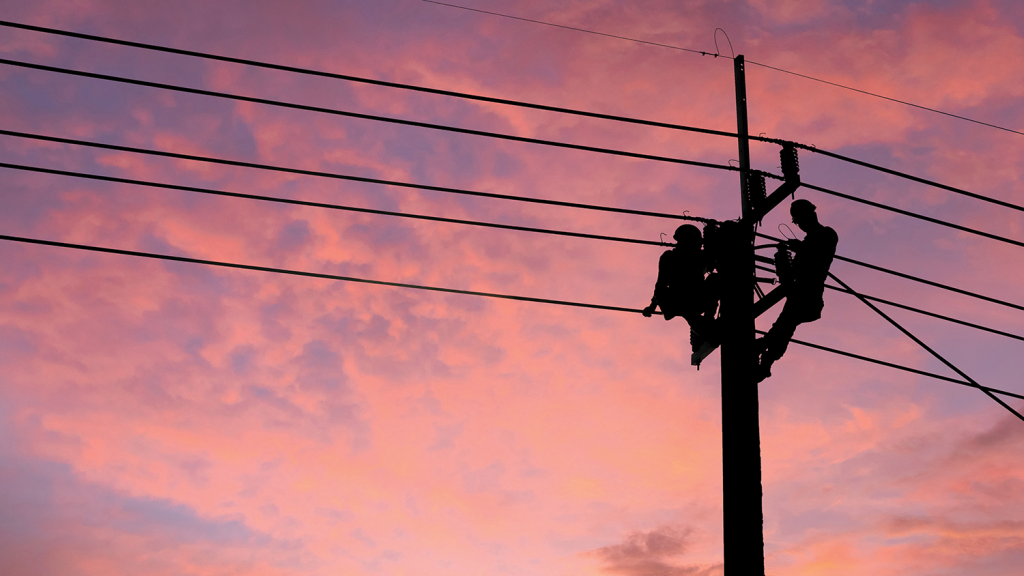

CEO
Have you ever noticed your lights blink during a thunderstorm? Or perhaps you’ve noticed a blinking microwave clock when you arrive home. When this happens, you’ve likely experienced a brief disruption to your electric service, which could result from a blink or a power surge. While the symptoms of blinks and surges can appear similar, what’s happening behind the scenes can be quite different.
What’s a power blink?
Power blinks are brief service interruptions, typically caused by a fault (short circuit) on a power line. Faults can occur through a variety of instances, like squirrels, birds or other small animals contacting an energized power line and a ground source at the same time. Tree branches touching a power line or lightning can also cause these power blinks.
When any of the events noted above occur, Southern Indiana Power’s protective devices sense the rise in current and quickly open in an attempt to allow the potential fault to clear. If the fault clears, the protective device closes back in, re-energizing the line and restoring power. All of this happens within a “blink” of an eye hence the term power blink. Believe it or not, these brief power blinks caused by protective devices are actually good because that means the equipment is working as it should to prevent a prolonged outage.
What’s a power surge?
Power surges are brief overvoltage spikes or disturbances of a power waveform that can damage, degrade or destroy electronic equipment within your home or business. Most electronics are designed to handle small variations in voltage; however, power surges can reach amplitudes of tens of thousands of volts — this can be extremely damaging to your electronic equipment. Surges can be caused by internal sources, like HVAC systems with variable frequency drives, or external sources, like lightning and damage to power lines and transformers.
Southern Indiana Power encourages all members to install surge protective devices (such as surge protector power strips) to safeguard your sensitive electronics. If you’re experiencing frequent surges in your home or business and you believe the cause is internal, contact a qualified electrician to inspect your electrical system.
Southern Indiana Power is always here to help. Any time you experience repeated disruptions to your electric service, please let us know. We can send a crew out to access the situation and try to find the proper solution to the problem. Just call us or stop by the office.



